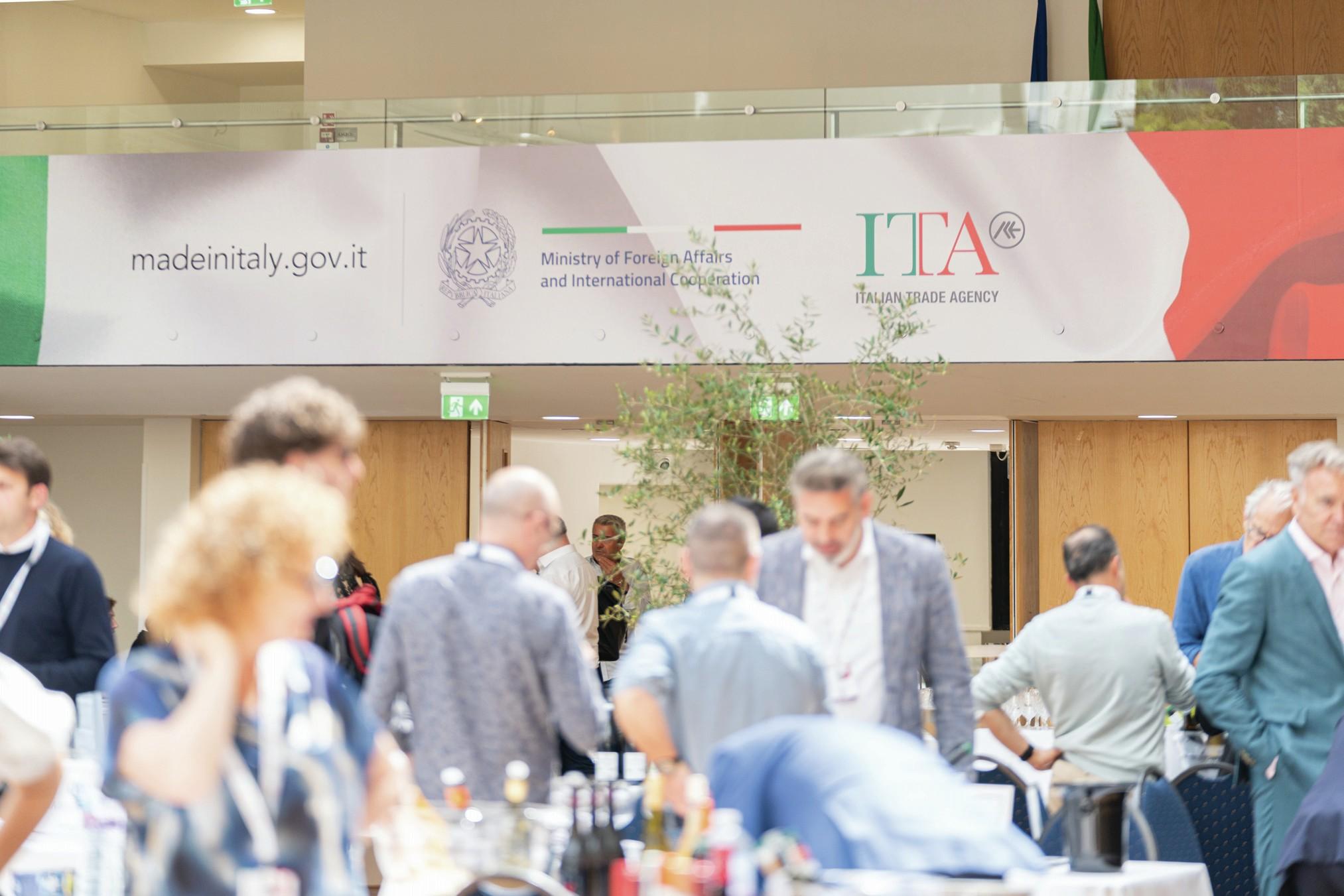Unconventional wine list sparks Twitter debate
A wine list from steak restaurant Flat Iron has sparked debate on social media due to its simplistic descriptions and relative lack of information.
I suspect that for a *very* large percentage of people this is the perfect wine list.
Are we all barking up the wrong tree? pic.twitter.com/udg9sWSCiE— Rod Smith MW (@RivieraWineAc) November 30, 2022
While most might expect a producer, region and vintage to be named, Flat Iron decided against this in favour of a more casual approach. An Italian Negroamaro is described as “spicy”, while a South African Sauvignon Blanc is “vibrant, and the (non-Champagne) French “bubbles” are “appley”. By contrast, the restaurant’s beer list names the brewer and ABV of each beer.
These descriptors were met with confusion, amusement and disapproval by various wine figures on Twitter.
“When the Bordeaux is cheaper than the Rioja, you don’t want to order that Bordeaux,” tweeted wine writer Simon J Woolf.
“What happens when the unsuspecting consumer is met with an over-extracted Negroamaro, an acid-bomb Picpoul, a flat SA Sauvignon, a weedy Bordeaux, or a raisiny Italian Pinot Noir. Words need to mean something and these appear to mean nothing,” argued another.
But others suggested that the list had been cleverly done. Restaurateur Tom Fahey, known for The Terrace on the Isle of Wight, suggested that the list was not without merit: “…I like the simplicity & anonymity of the approach. Makes me wonder why I bother with tasting notes!”
Partner Content
Wine blogger Tom Lewis also pointed out that the absence of pound signs next to the prices was subtle marketing to increase consumer spending (The Observer‘s restaurant critic Jay Rayner would still be happy as prices for a bottle start below £30).
Rod Smith MW, who shared the list to his followers, later tweeted: “…the Bordeaux was perfectly drinkable. And at the margins that list/presentation/price allows, it can well afford to be. People like for choices to be made for them. In that respect it is a terrific operation.”
In this writer’s view, it is ultimately a question of the audience the operator is pitching to. While wine is widely drunk, it is studied by far fewer, and to most consumers wine lists can indeed prove daunting. Providing just the basic details can lend familiarity and reduce the risk of the diner being overwhelmed by choice. Beyond the adjectives used, the varieties and countries listed should all be relatively familiar to most diners, be it from bottles they’ve bought in the supermarket or other wine lists.
Besides, according to one survey, 48% of Brits think sharing knowledge of wine over a glass is “pretentious”, so there clearly is a thirst for wine without all of the trappings that come with it. The addition of adjectives such as “juicy” and “elegant” might not hold up as tasting notes, but they do serve a purpose in making the wine more appealing.
Then again, there is evidence to suggest that consumers respond more positively to more elaborate, “emotive” wine descriptions, and are willing to pay more as a result. Perhaps surprisingly, a specific Champagne house is not named, despite three of the 10 most popular wine brands in the UK (according to YouGov data) being Champagne brands.
Though a connoisseur might deem the selection to be “inoffensive” at best, it is very clearly not aimed at them, but rather at consumers who just want something to enjoy with their food.
Perhaps the most accessible wine list is no wine list at all: one mystery restaurant selects wines for diners based on their mood.
Related news
For the ninth day of Christmas…




